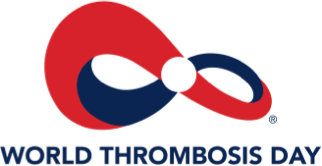Cancer-Associated Thrombosis
What is Cancer-Associated Thrombosis?
Venous thromboembolism (VTE) is a common complication in patients diagnosed with cancer. The risk of blood clots is driven and modified by risk factors such as surgery, hospitalization, infection and genetic coagulation disorders. There are also cancer-specific factors including type, histology and stage of the malignancy, cancer treatment and certain biomarkers. A diagnosis of VTE is a serious complication that adversely affects a patient’s quality of life and reduces overall survival rates. It is estimated that up to 20 percent of patients with cancer will experience VTE at some stage. The rate is typically the highest in the initial period following a cancer diagnosis.
Risk Factors
The risk of thrombosis is driven and modified by risk factors such as surgery, hospitalization, infection and genetic coagulation disorders. There are also cancer-specific factors including type, histology, and stage of the malignancy, cancer treatment and certain biomarkers.


Types of Cancer with Increased Thrombosis Risk
Certain types of cancer are associated with a higher risk of VTE. The reasons are still unclear. The types of cancer with an increased risk include:
- Lung cancer
- Kidney cancer
- Brain cancer
- Lymphoma
- Ovarian cancer
- Pancreatic cancer
The treatment of VTE in patients with cancer aims at reducing mortality and morbidity, as well as improving quality of life.
While your treatment is vital to fight your cancer, it may also increase your risk of blood clots. Treatment such as surgery andn chemotherapy (a type of cancer treatment that uses one or several drugs in combination) can damage the walls of the blood vessels affecting the way they function. This can also lead to a blood clot. When chemotherapy kills cancer cells, certain substances that can cause clotting are released into the blood stream. Some types of chemotherapy drugs are less likely to promote clotting than others.
It is recommended to discuss this risk with your doctor so that you can be informed of any risks associated with the treatment you have been prescribed. This is also an important consideration for caregivers of cancer patients.



